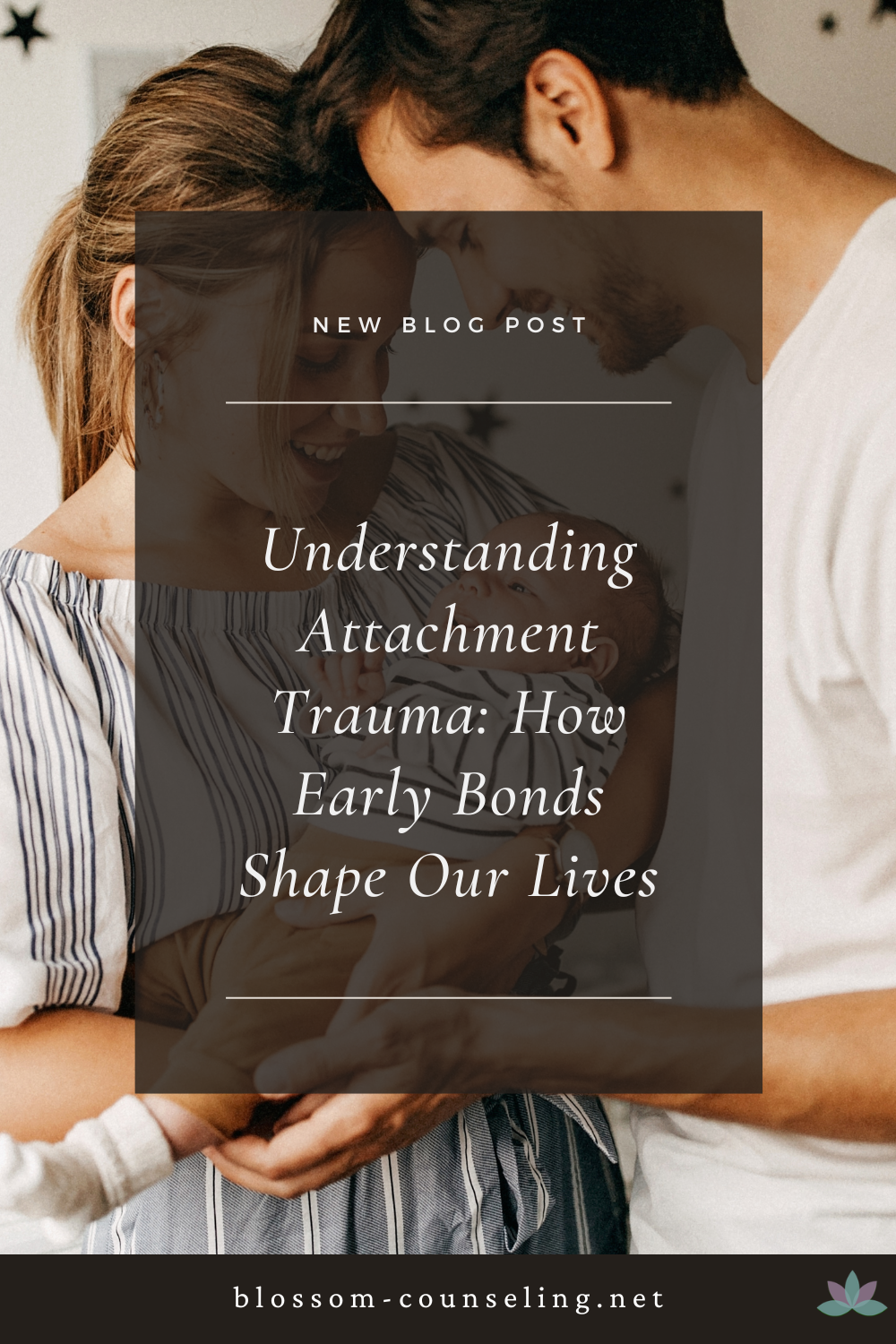
Attachment trauma arises when the critical bonds that should form in early childhood are disrupted. This disruption can lead to profound emotional scars, affecting a person’s ability to form healthy relationships throughout their life. Understanding this can be a key to unlocking the door to healing and growth.
What is Attachment Trauma?
Attachment theory, developed by psychologist John Bowlby, explains how the relationship between infants and their primary caregivers can set the stage for emotional and social development. Ideally, this relationship provides a sense of security and safety, allowing the child to explore the world confidently. However, when these relationships are fraught with neglect, inconsistency, or abuse, the seeds of attachment trauma are sown.
This trauma manifests in how we connect with others and how we view our self-worth. Individuals with attachment trauma might find themselves swinging between extremes—clinging to relationships out of fear of abandonment or pushing people away to avoid getting hurt.
Symptoms and Signs of Attachment Trauma
Recognizing attachment trauma can be tricky because its symptoms often mimic other emotional conditions. Common signs include:
- Difficulty trusting others
- Fear of intimacy or closeness
- Feeling withdrawn or disconnected
- Overwhelming anxiety or anger in relationships
- Hypervigilance or excessive worry about relationships ending
- An intense fear of rejection or abandonment
These symptoms can lead to a cycle of unstable relationships, where the individual desperately seeks connections but is simultaneously terrified of them.
The Ripple Effects on Adult Relationships
The impact of attachment trauma extends into adulthood, influencing various aspects of life, including romantic relationships, friendships, and professional interactions. Adults with unresolved attachment trauma might find themselves in a pattern of unstable relationships, or they may avoid close relationships altogether to protect themselves from potential pain.
Healing and Moving Forward
Healing from attachment trauma is a journey—one that often benefits from professional support. Therapy can provide a safe space to explore these early wounds. Techniques like Cognitive Behavioral Therapy (CBT) and Dialectical Behavior Therapy (DBT) can help individuals understand and change their relationship patterns.
Self-compassion is also a crucial element of healing. Understanding that the difficulties in forming and maintaining healthy relationships are not a reflection of one’s worth but rather a response to past trauma can be liberating. Cultivating mindfulness through practices like meditation can help manage the anxiety and emotional dysregulation that often accompany attachment issues.
Connecting Through Shared Experiences
Sharing experiences through support groups or community resources can also be incredibly therapeutic. Connecting with others who have similar experiences provides not just social support but also helps in normalizing one’s feelings and experiences.
Understanding Leads to Empowerment
While attachment trauma can deeply affect one’s life, understanding its origins and manifestations is the first step toward healing. By addressing these early wounds, individuals can work towards building more stable, fulfilling relationships and a healthier, more joyful life.
Exploring the depths of how our earliest bonds affect us is more than an academic exercise—it’s a journey towards personal transformation and lasting emotional resilience. Each step taken is a step towards not just recovery, but a fuller, richer experience of life itself.
Our team of compassionate therapists is here to help you find the support you need. We believe in a holistic approach, treating your mind, body, and spirit. With a blend of traditional and alternative therapies, we tailor your experience to meet your unique needs. At Blossom, we create a non-judgmental space where you can be your authentic self. Our goal is to empower you, amplify your strengths, and help you create lasting change. Together, we’ll navigate life’s challenges and help you bloom, grow, blossom! You deserve to become the best version of you.




